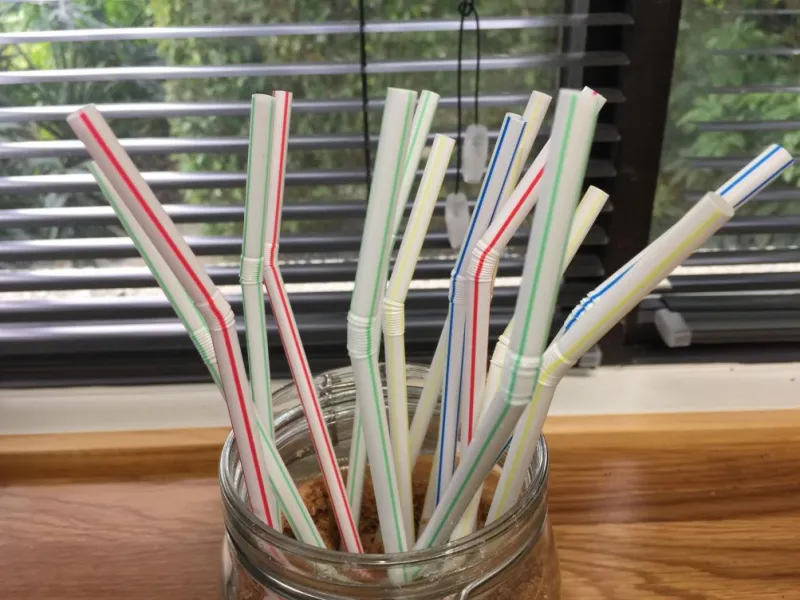Managing waste to recycle correctly is essential for sustainability. For this reason, Noelia López, a nutritionist at Nestlé Spain, gives us all the keys to taking better care of the planet.
In the first place, it must be taken into account that the container fulfills various functions such as facilitating the transport of food, recalls the nutritionist.
“This protects against microorganisms, prevents food oxidation, prevents spills and preserves them from contamination. In short, they protect the product and avoid food waste”, says the expert.
Information about the product is shared on the packaging for consumers such as ingredients, allergens, nutritional information, preparation methods, consumption dates and the batch number.
The problem with packaging is that it is widely used throughout the industry. If not managed responsibly, these containers will accumulate in nature.
Recycling containers properly depends on the consumer, since we must keep in mind the prior classification of waste at home.
Light containers such as bricks, cans, glass or plastic bottles must be separated and deposited in the yellow containers.
“If we have doubts, many packages include instructions to know in which container we must deposit the container correctly,” recalls Noelia López.
At an industrial level, we must continue working on the improvement and optimization of materials. In the first place, avoiding PET-type containers (transparent plastic) or reducing their use to the maximum.
An example from the industry to eliminate part of the plastic is the reduction to the maximum of the caps of the water bottles.
This goes unnoticed by the consumer, but it has a very positive effect on the health of the planet.
Something very curious is also that the change in the color of the plastic of the chocolates from gold to transparent facilitates the recycling of the material.
The second life of packaging
The materials can have a second life by becoming recycled materials for other products.
PET-type plastics can be used for all types of food and non-food packaging. They can also be used to make rugs, car parts, flower pots, or furniture.
Recycled paper and cardboard is used for packaging or newspapers. By using recycled paper instead of white we will be saving a highly appreciated natural resource such as water.
In containers with dirt, such as pizza boxes, the upper side must be separated from the lower side and the part with fat must be disposed of in the conventional garbage.
It is necessary to assess what state it is in to avoid contaminating the paper recycling stream with dirty paper.
Finally, we have glass, one of the materials that can be recycled infinitely. It can be used recycled for bottles and jars or even decorative elements.
These steps involve making changes as consumers in our mentality and way of acting.
Reuse, key to recycling
Reusing is a more sustainable process than producing single-use packaging. Currently, there are many recycled containers such as PET.
To contribute to the recycling process, the expert proposes some guidelines to contribute to sustainability, such as:
Reduce single-use plastic. The decisions we make when buying are very important. We must do without single-use plastics as much as possible and leave them for essential moments.
Properly separate the containers. Each container must be recycled correctly. If there are doubts, we must inform ourselves about how to carry out this process properly.
Use reusable bags. When we go to the supermarket we must bet on reused bags and keep them in the bag to have them within reach.
Use net bags or organic material. These bags are very useful for buying fruit and vegetables in bulk or carrying containers for meat and fish. It is very convenient because we can store the containers directly in our fridge.
Avoid buying in excess. We must make a shopping list to acquire the essentials and avoid waste. These tips will help us become more responsible and respectful consumers with the planet.




Leave A Comment